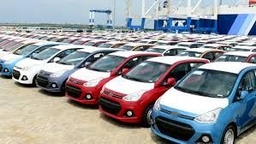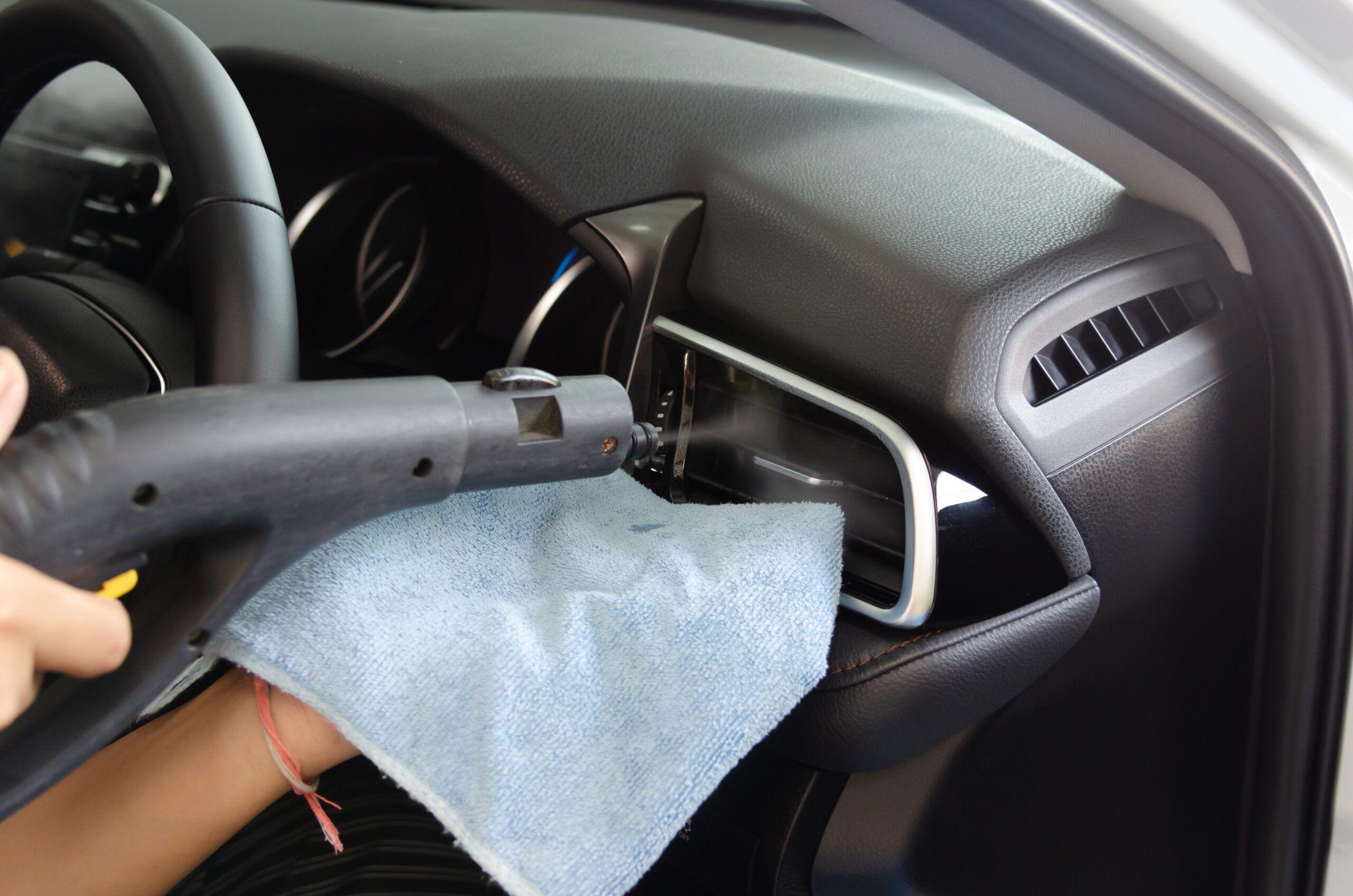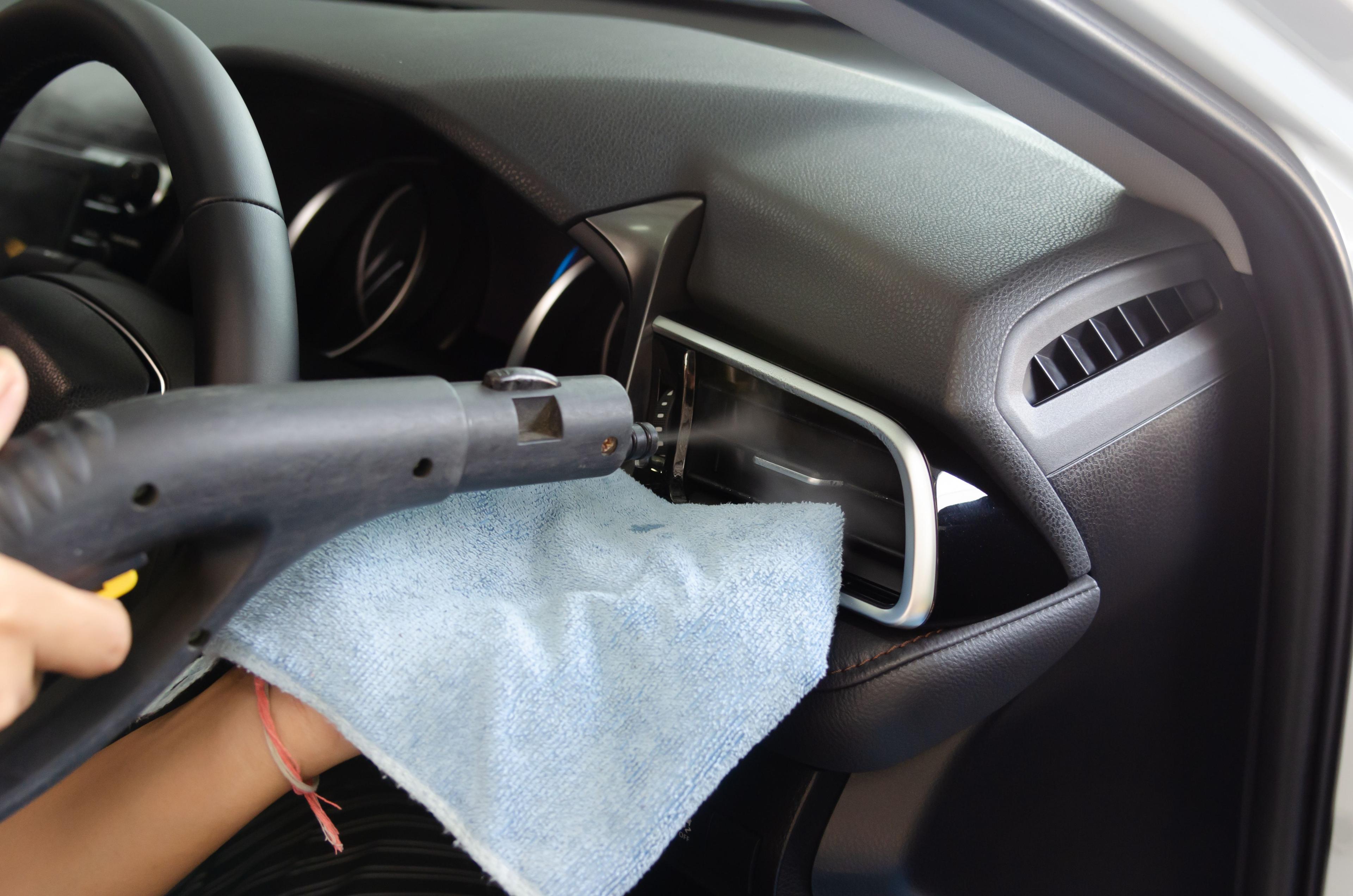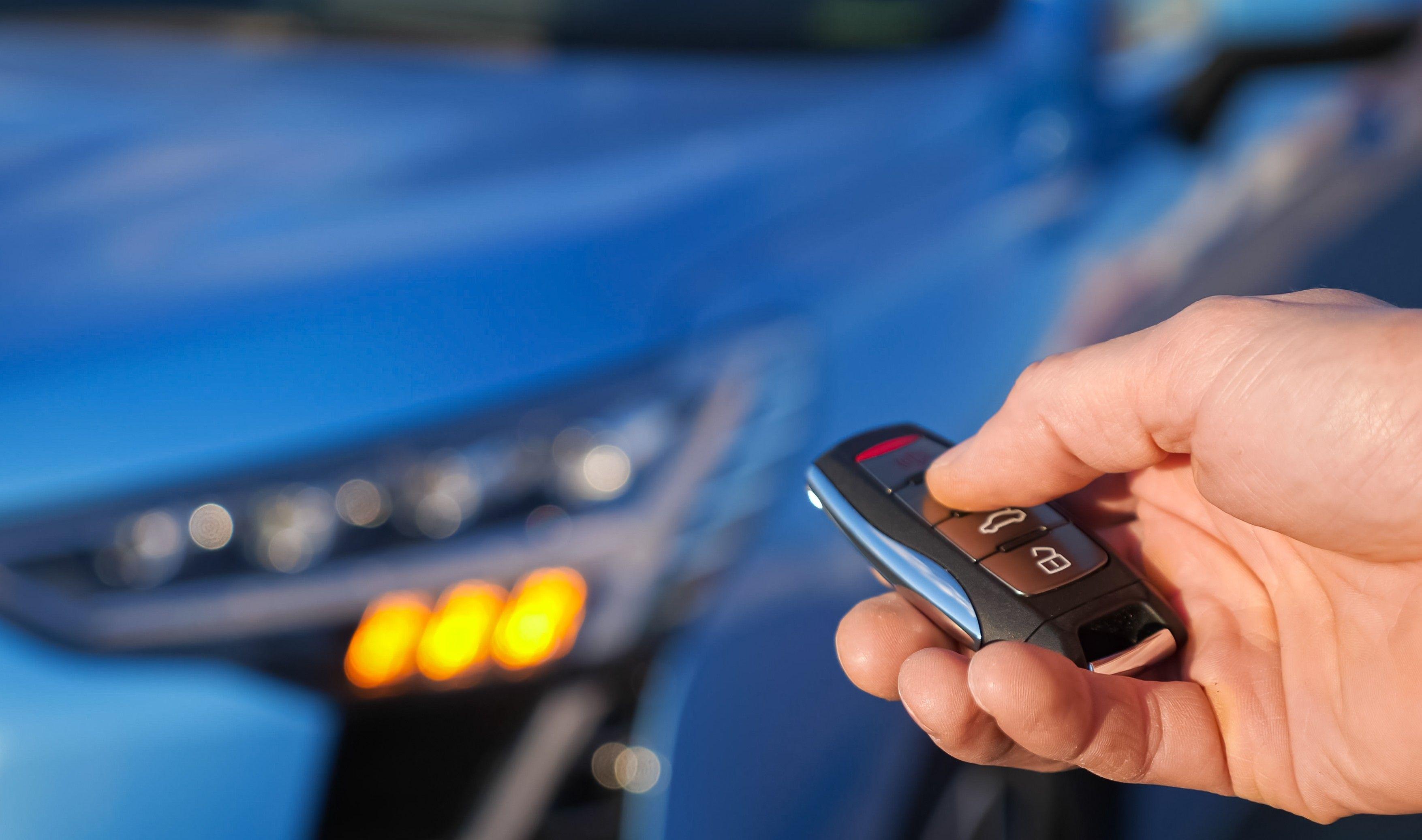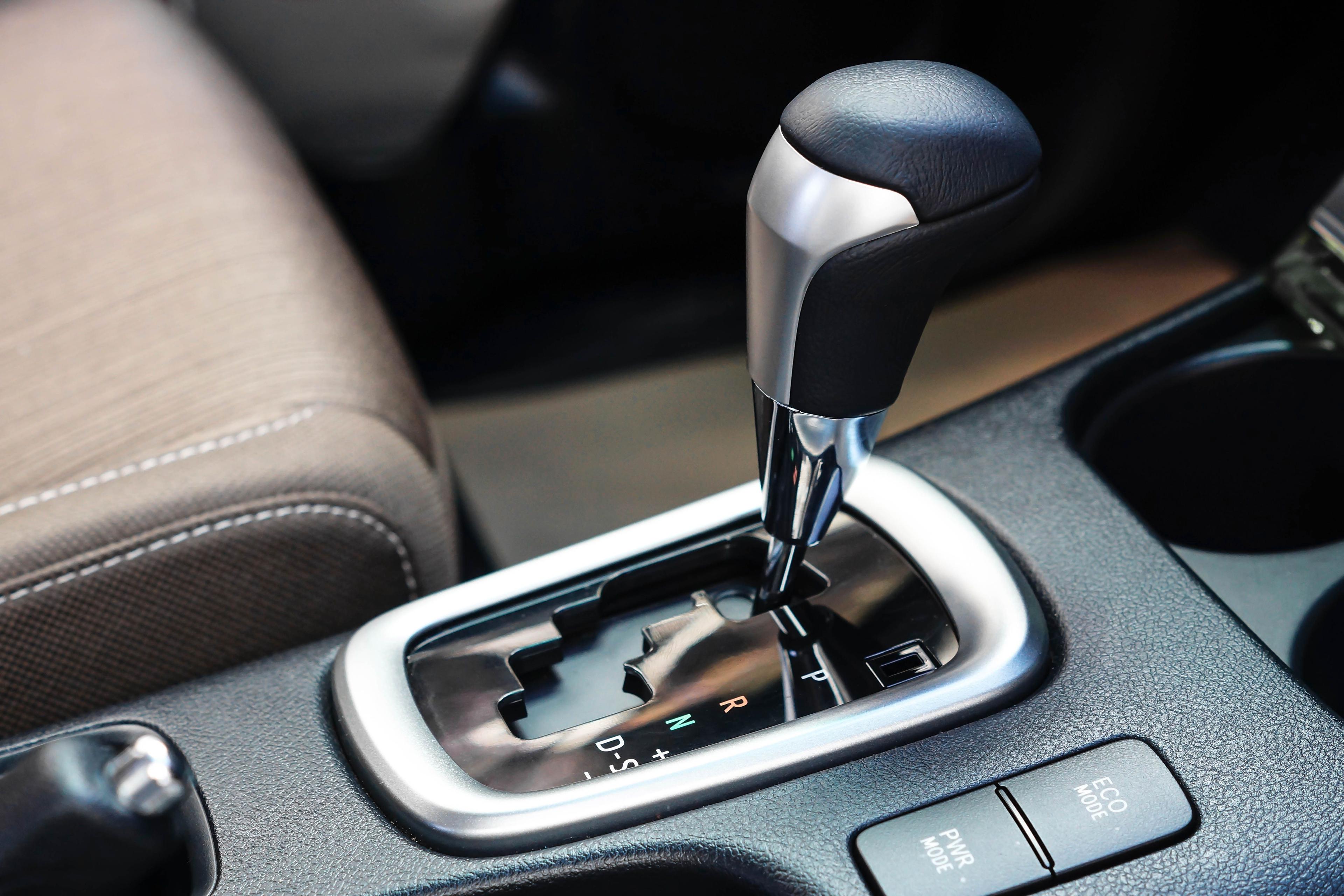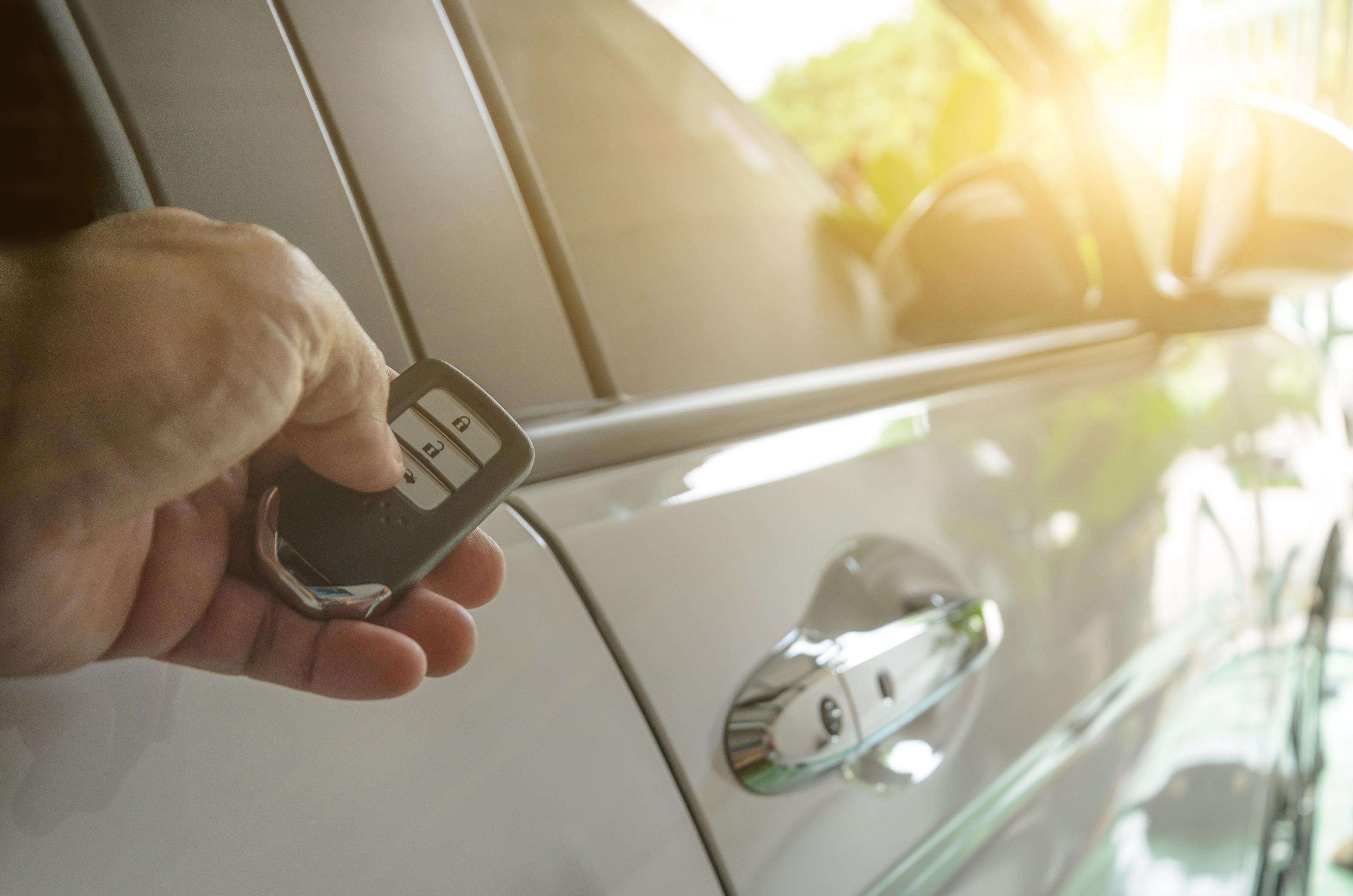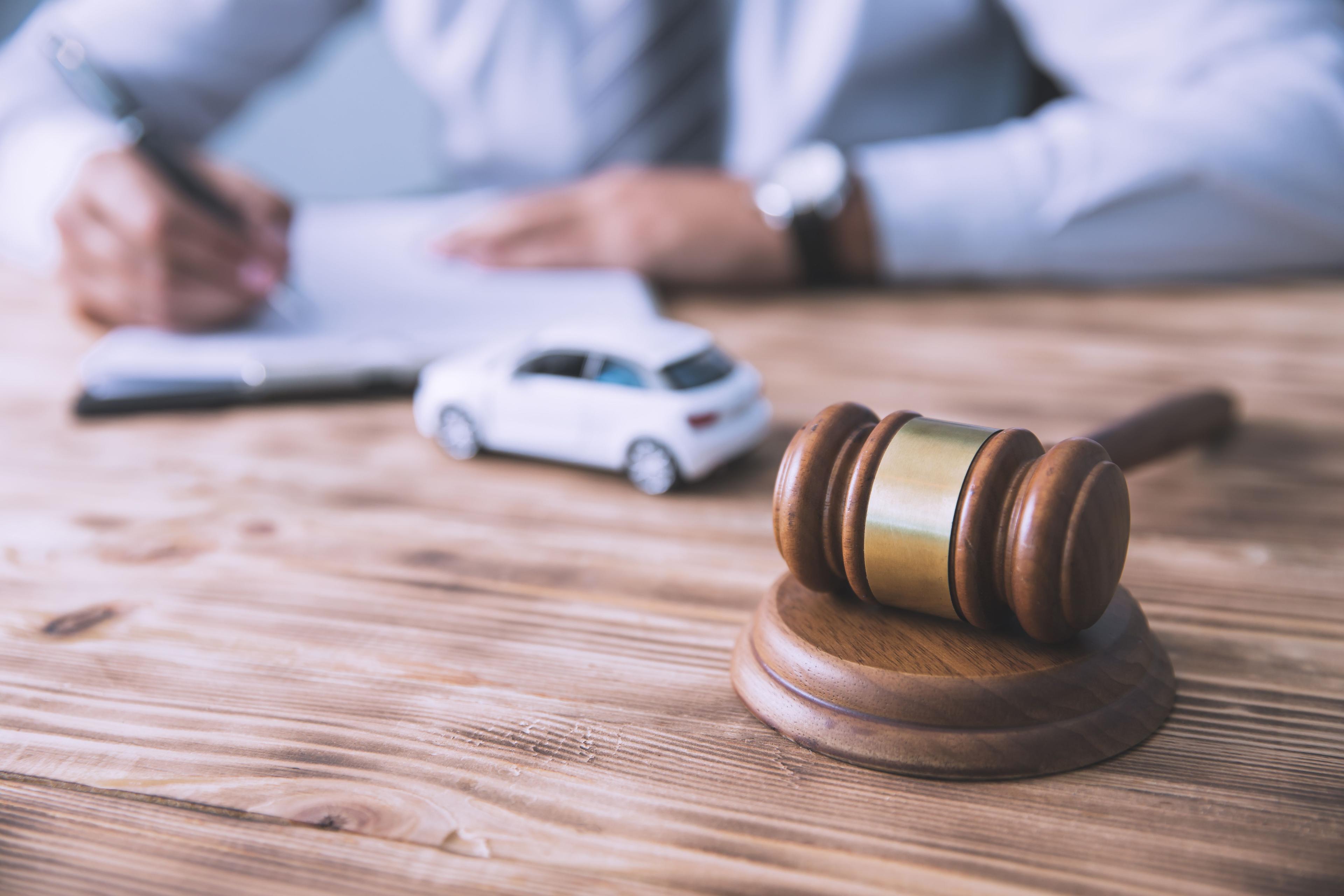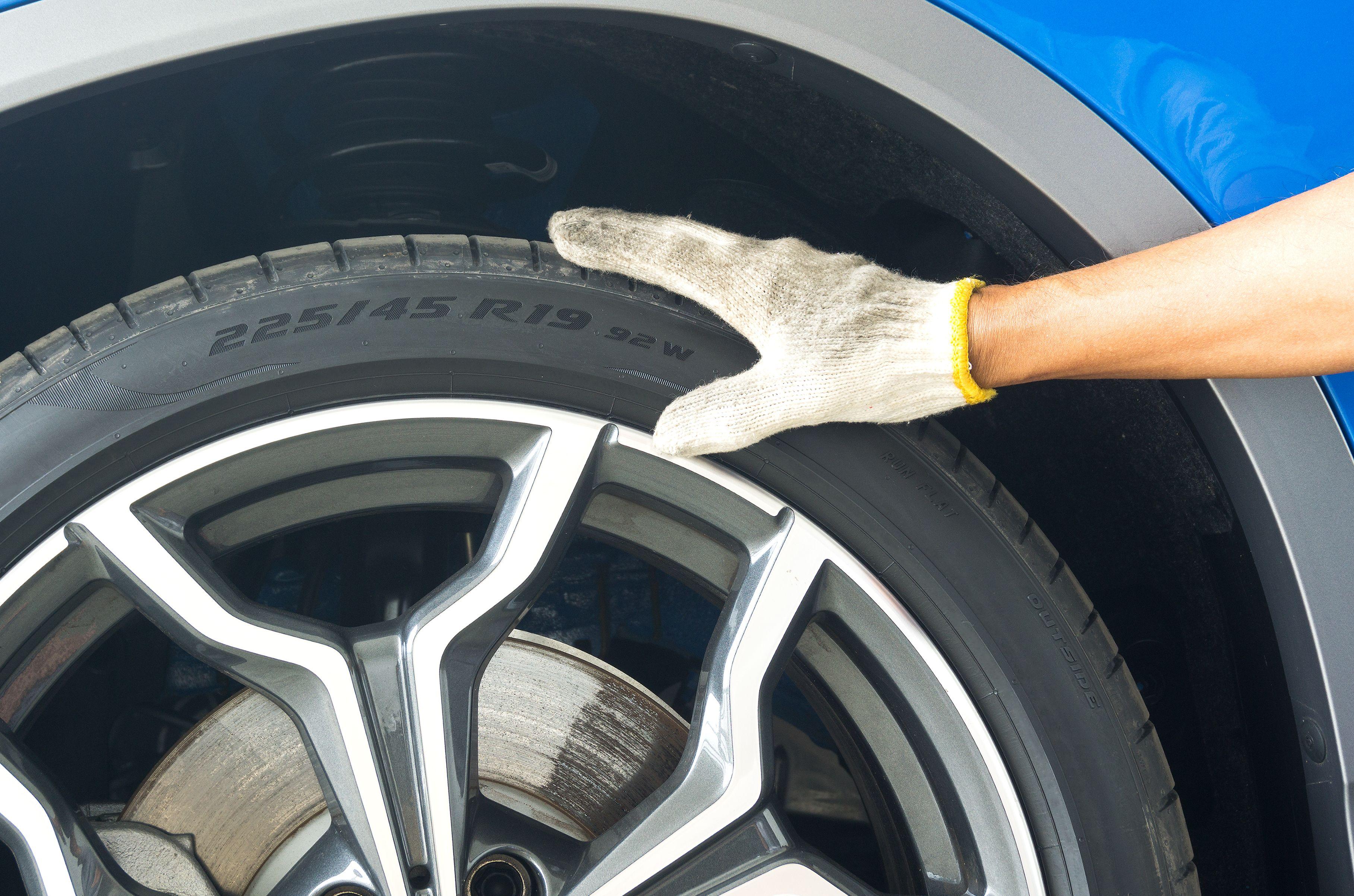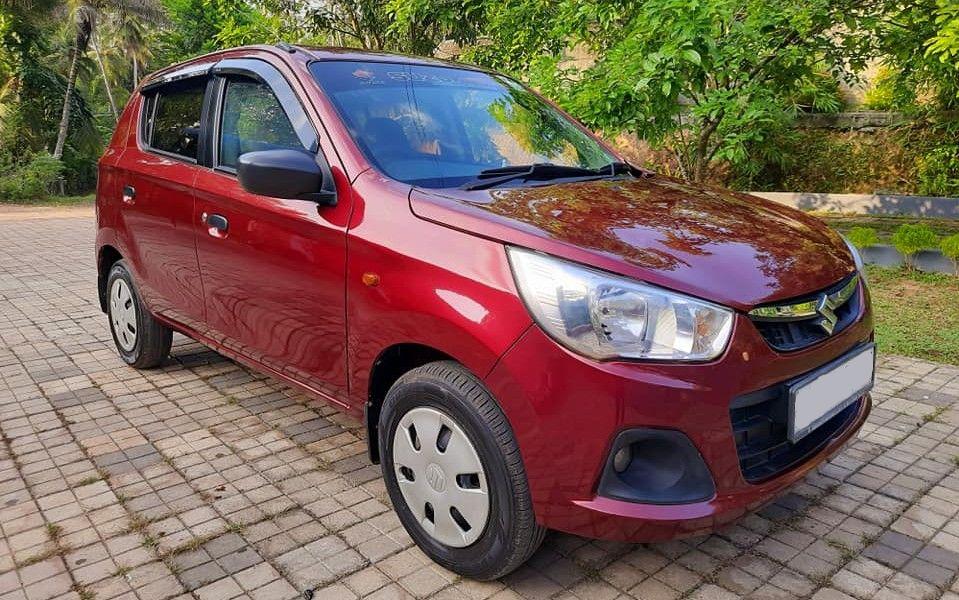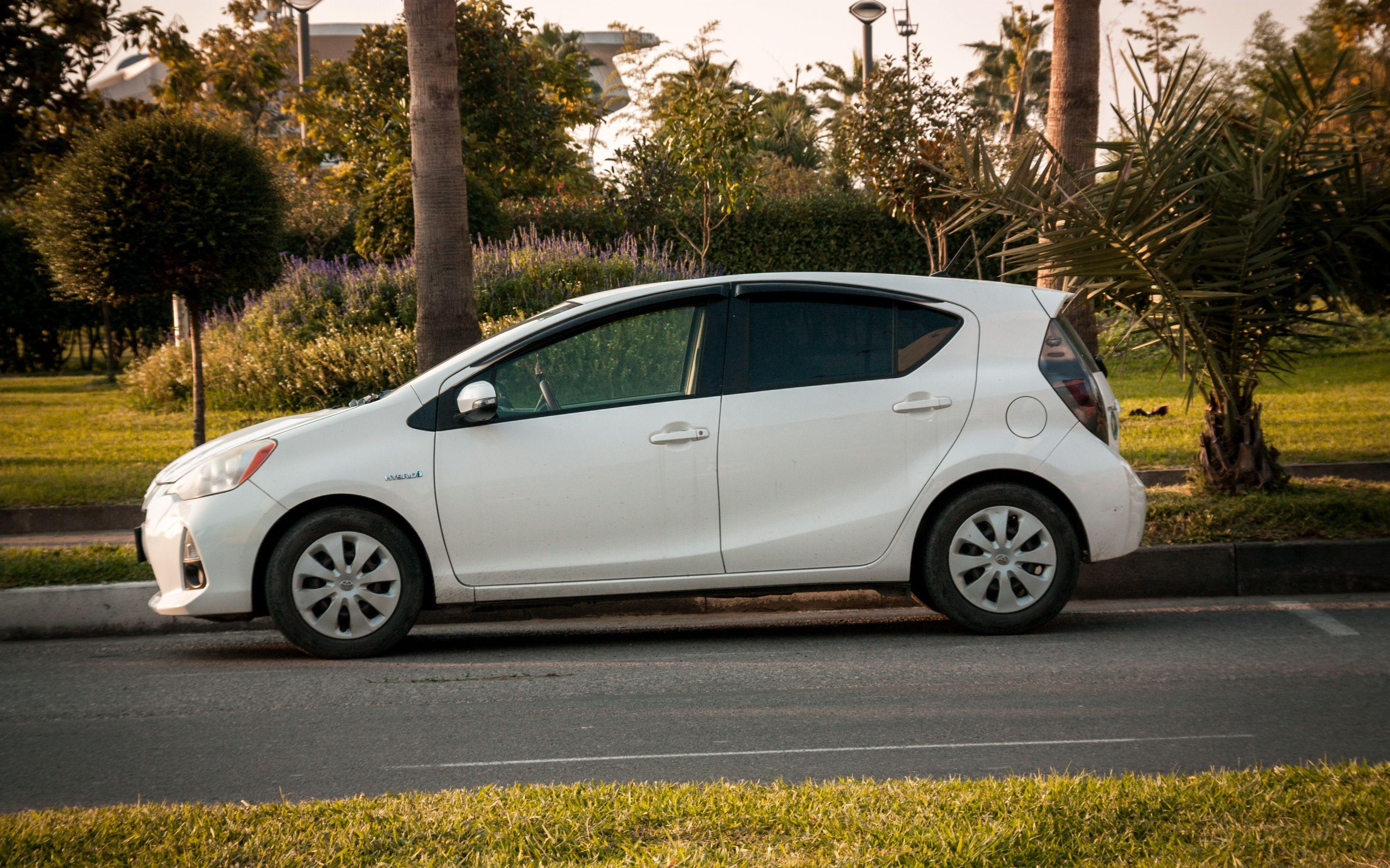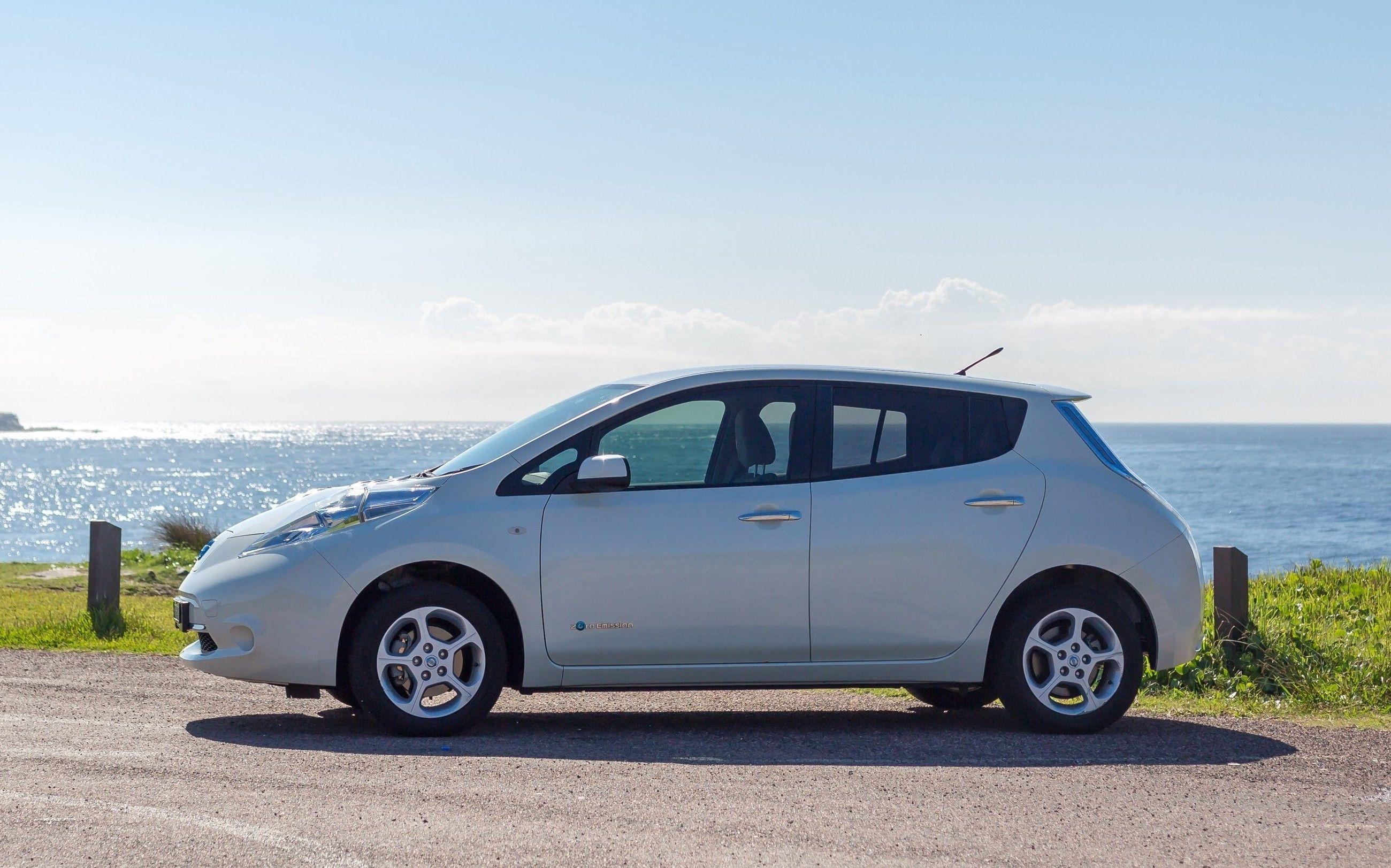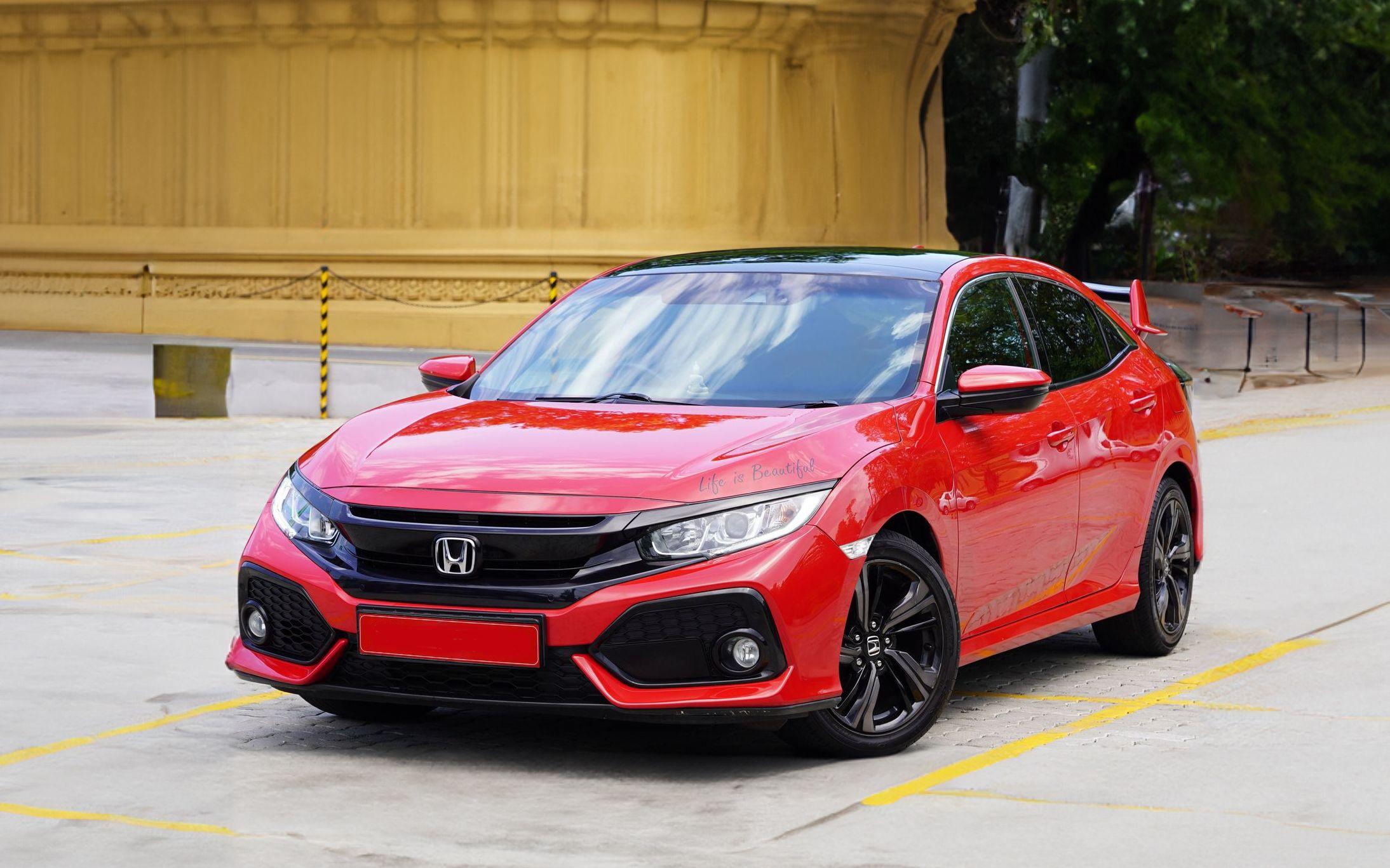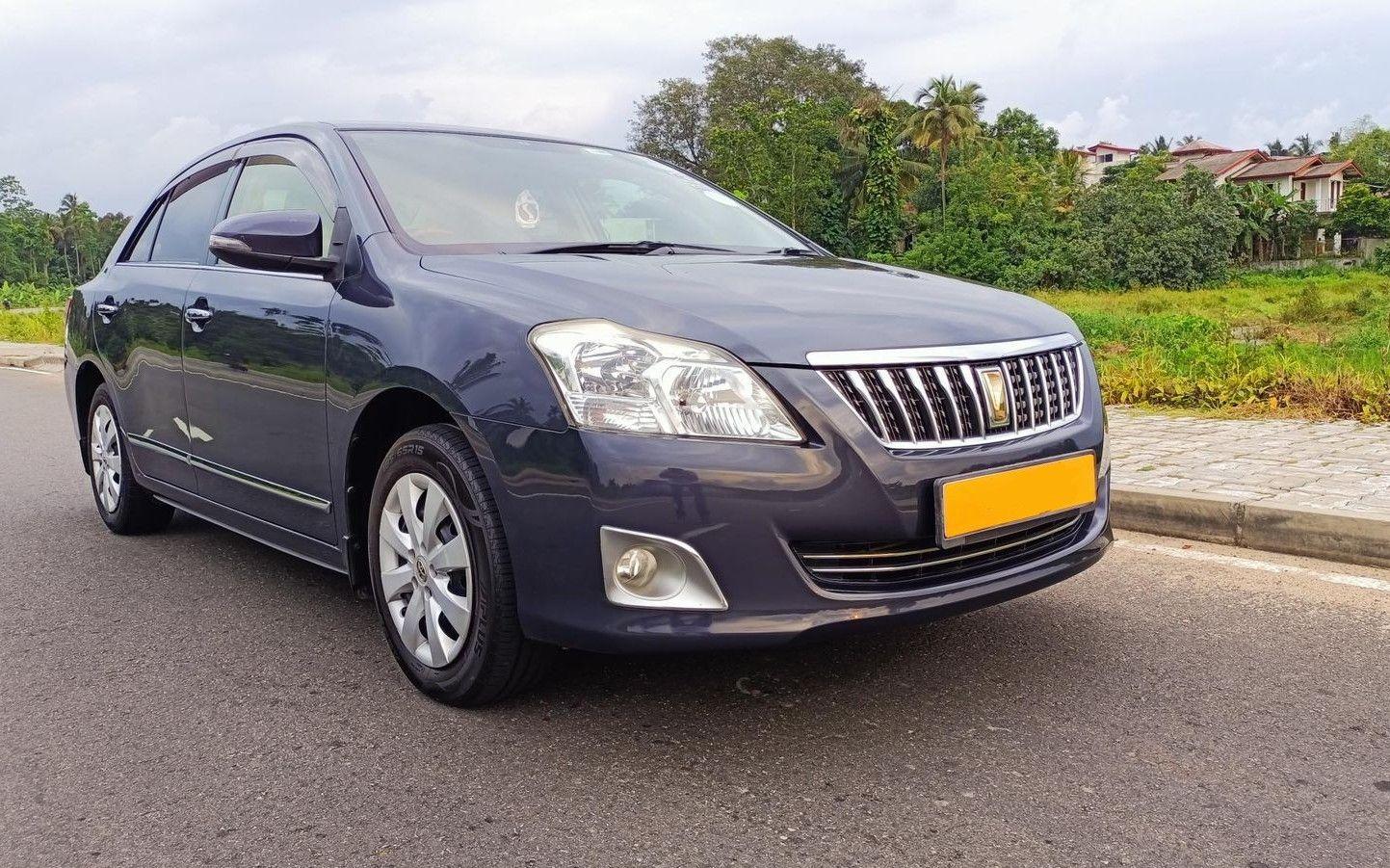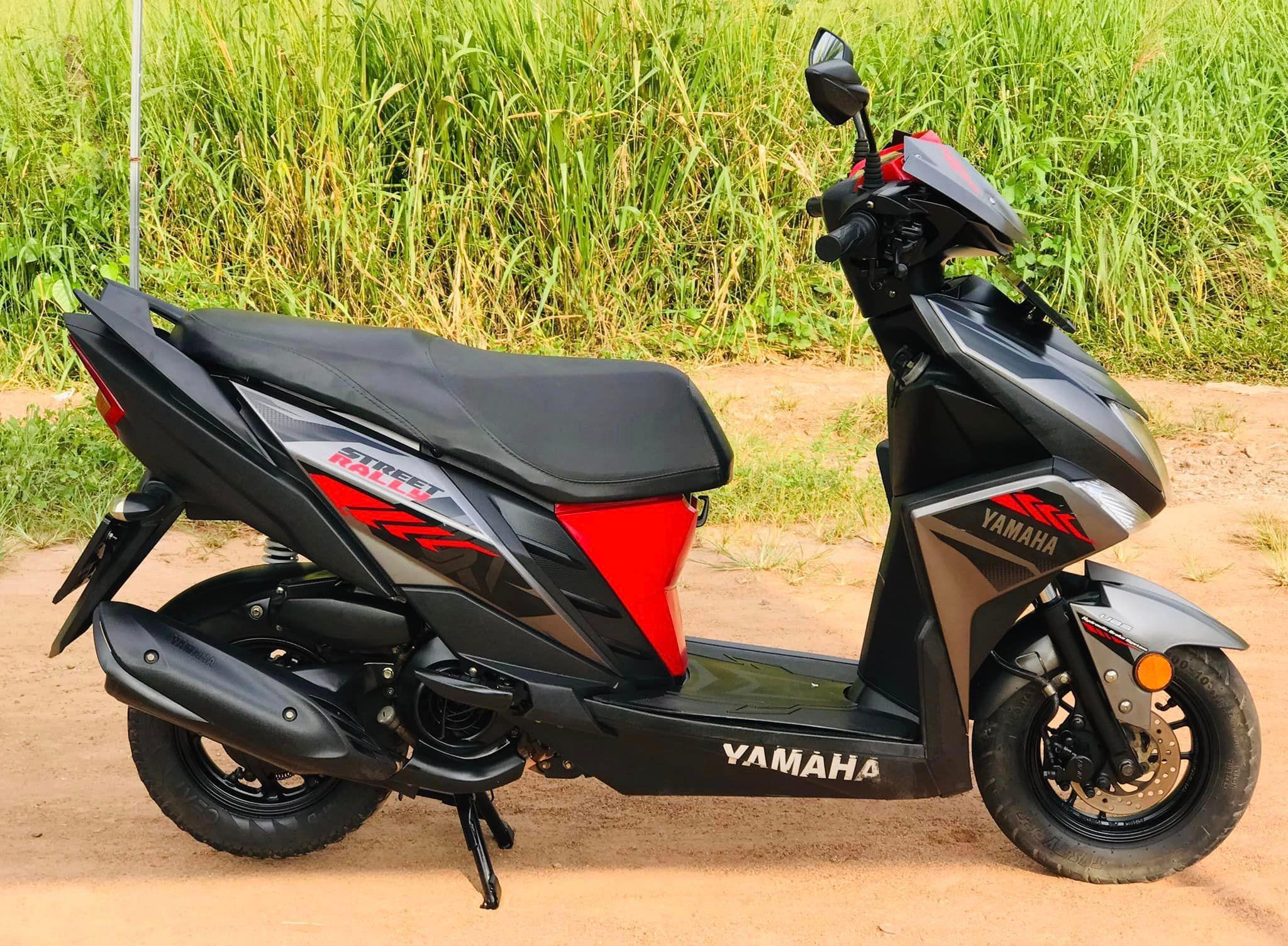Difference Between Vehicle Loan and Lease

Many people believe that buying a vehicle through financing automatically means getting a vehicle loan. In reality, most people end up with a vehicle leasing facility. Because of this misunderstanding, many buyers face unexpected issues when rushing into a financing option. That’s why MotorGuide explains the key differences between a vehicle loan and leasing.
What is Vehicle Leasing?
A vehicle lease is essentially a lease agreement where you use the vehicle for a fixed period of time. You don’t get full ownership immediately. Instead, the leasing company remains the legal owner until you complete all the installment payments. Once the final payment is made, the vehicle’s ownership is transferred to you.
What is a Vehicle Loan?
A vehicle loan works differently. It’s a loan provided by a bank or financial institution that allows you to purchase a vehicle outright. You repay the loan in installments, and after the repayment period ends, you’re free from debt—but ownership of the vehicle is usually transferred to you much earlier compared to leasing.
Risk to the Institution
For the buyer, a vehicle loan offers more advantages. But for the lending institution, it carries more risk:
- In Leasing: The leasing company owns the vehicle until the last installment is paid. If you default, they can repossess the vehicle.
- In Loans: Once you’ve paid more than 50% of the loan, ownership is transferred to you. If you default after this stage, the bank cannot easily reclaim the vehicle like in leasing.
This is why many institutions prefer offering leasing facilities over direct loans.
Is Getting a Loan Easy?
Applying for a vehicle loan is not always simple. Banks and financial institutions require strict qualifications to reduce their risk. Let’s explore them:
Down Payment
The amount you can pay upfront matters. If your down payment is higher than 50% of the vehicle’s total value, you are more likely to get loan approval. This reduces the risk for the bank.
Qualifications to Get a Loan
- Good CRIB Record: Your CRIB score reflects your credit history, including debts taken and repayment behavior. Timely repayments on past loans improve your chances of loan approval.
- Stable Income: You need to provide proof of income. If employed, salary slips are required; if self-employed, bank statements showing regular business transactions will be reviewed.
- Co-Signer Requirement: Many institutions require a co-signer, especially if your income is borderline. If your monthly income is strong, a co-signer may not be necessary. Conditions vary depending on the institution.
Loan vs Leasing: Which is Better?
The choice between a loan and leasing depends on your financial stability and future plans:
- Vehicle Loan: Lower long-term risk, earlier ownership, and more flexibility if payments are delayed.
- Vehicle Leasing: Easier to obtain quickly but ownership remains with the leasing company until the final installment is paid.
Both vehicle loans and leasing come with benefits and risks. With loans, ownership transfers faster and the risk for the buyer is lower. With leasing, ownership only comes after completing all installments. Before making a decision, carefully evaluate your income, CRIB record, and repayment ability. That way, you can choose the right financing method and drive away without unexpected problems.
